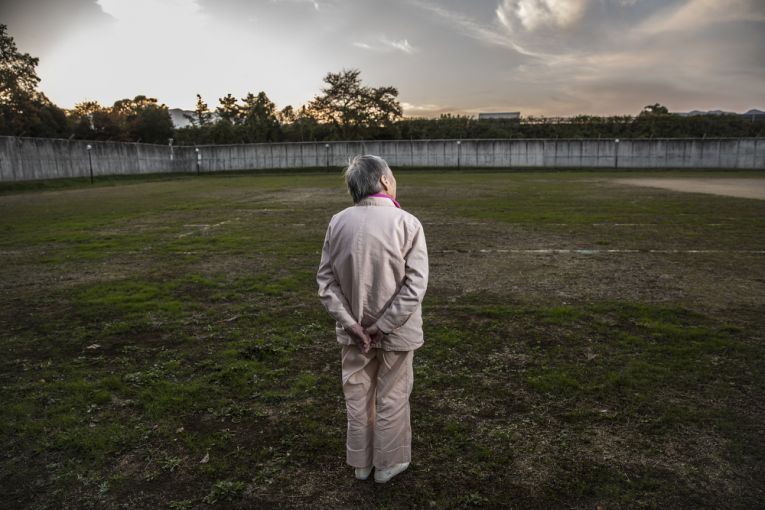TOKYO—The world is getting older. Fast. By 2050, the global population of those age 65 and older is projected to nearly double to 1.6 billion.
This global graying has given birth to a new phrase: “super-aging.” A nation is said to be super-aged when more than 1 in 5 of its people are 65 and older.
The United States isn’t there yet, but the trend line points that way in decades to come. The number of Americans age 65 and older is expected to more than double from 46 million in 2016 to over 98 million by 2060. (The country will be just one percentage point short of official “super-aged” status.)
Many of us have aging parents now, or will be getting up there ourselves by 2060. Will the U.S. health care system be able to cope with the gray tide? Where do we look for a glimpse or our aged future?
Japan, it turns out, might just be us, as we will be in 40 years.
The country has the largest percentage of older people in the world, with 27.3 percent of its citizens 65 years and older. There, necessity might be just the be mother of invention when it comes to approaches to elder care. In this special report, we take a look at how Japan is marrying its demographic shifts with its love of technology to find a way forward.
A Bot to Watch Over Me (私を見守るロボット)
Palro works for free every day and he knows no fatigue. Always cheerful, he wears many hats: dancer, exercise instructor, comedian, and fortune teller. But best of all, his patience never runs thin, no matter how many times seniors request the same things. It helps that he is a robot.
At the Flos Higashi-kojiya Senior Care Facility in Tokyo, seniors can keep themselves entertained with various recreational programs, such as crafts, karaoke, and bingo. But one program — called “Let’s play with Palro!” — has been gaining popularity lately.
Robots are still expensive. To help bring more robots to the elder care system, the Japanese government budgeted a 5.2 billion yen subsidy ($47.3 million) in 2015. And some Japanese are realizing that a robot is just about the best purchase they can make.
Virtually Able (バーチャルで元気に)
Its average life expectancy was the highest in the world, at 83.7 years (86.8 for women and 80.5 for men) in 2015, according to the WHO.
But what’s the point of living longer if you are not happy?
Kenta Toshima has an idea about that. Happiness can be found on a virtual journey.
Toshima is a therapist in Tokyo, and he’s spent most of his savings to travel the world, so that he can bring far-off lands back to his elderly patients.
Will these two technologies make a dent in Japan’s aging problem? It’s hard to say at the moment. What is clear is that super-aging will continue to rise as a major social issue without solution in Japan. And if it doesn’t come up with novel solutions, how will the rest of the aging world?

Education Resource
Meet the Journalist: Shiho Fukada
The world is getting older fast. By 2050, the global population of those age 65 and older is...










